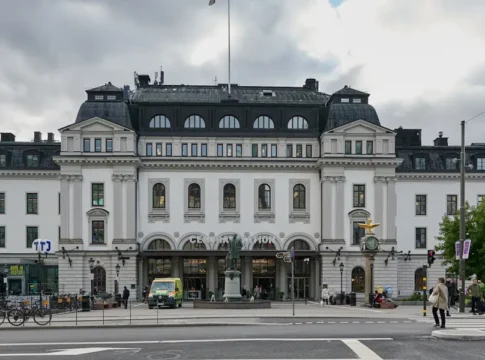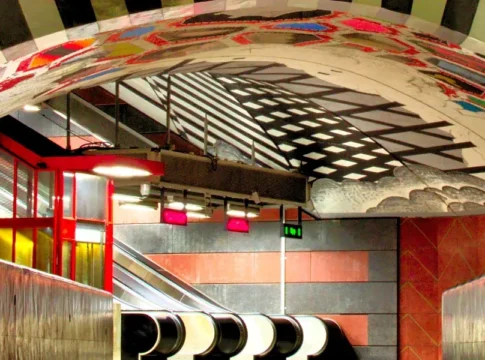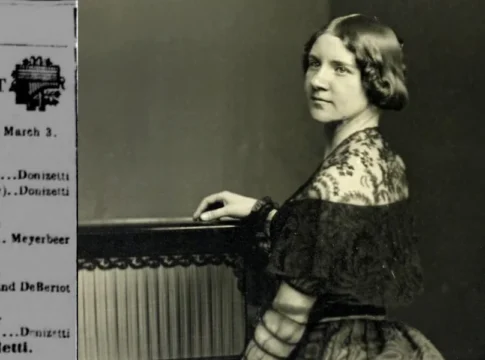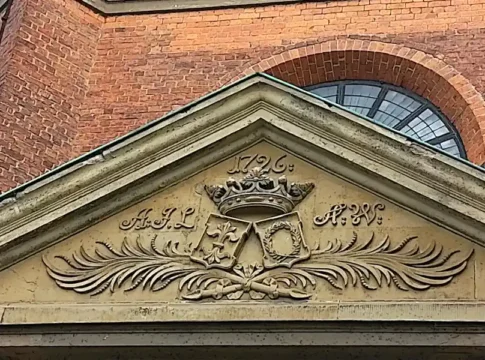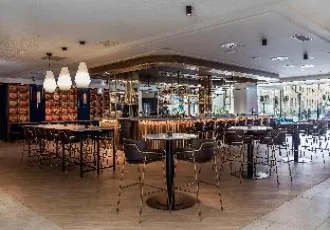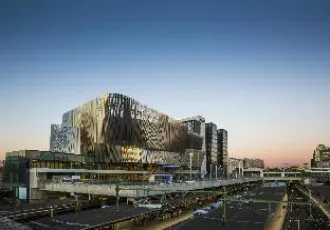Stockholm’s metro: A unique blend of transport and art
Stockholm, the enchanting capital of Sweden, is not just a hub of culture and history above ground, but also below. The Stockholm metro, or “Tunnelbana,” is celebrated as the world’s longest art gallery, stretching 110 kilometers with over 100 stations, where art meets transport in a truly unique way.
A brief history of Stockholm’s metro
The Stockholm metro system was inaugurated in 1950, and since then, it has become an integral part of the city’s infrastructure and culture. Initially designed to ease urban congestion, it quickly evolved into a canvas for art. Today, more than 90 of its stations feature art installations crafted by 150 artists over several decades, making it a vibrant journey through contemporary and historical Swedish themes.

Public transport planner
To find transport information, simply visit the website for Stockholm’s public transport system. You can easily plan your journey on sl.se by entering your departure and destination points, viewing timetables, and checking real-time updates on buses, trains, trams, and ferries.
The site also provides information on tickets, passes, and special services, such as accessibility options. It’s available in both Swedish and English, making it easy for tourists navigating Stockholm’s public transport network.
Green, Red and Blue lines
Each of the three lines is color-coded for easy identification, and all are well-integrated into Stockholm’s public transport network, making it simple to switch between buses, trams, and ferries.
- Green Line (Gröna Linjen)
The Green Line is one of the busiest (and the oldest) metro lines in Stockholm. It runs from Hässelby Strand in the west to Farsta Strand, Hagsätra, and Skarpnäck in the south. It is a key line for commuters and tourists alike, offering quick access to many of the city’s attractions. Notable stations on the Green Line include T-Centralen (the central hub), Slussen (near Gamla Stan), and Zinkensdamm (close to Södermalm’s trendy neighborhoods). - Red Line (Röda Linjen)
The Red Line stretches from Mörby Centrum in the north to Fruängen and Norsborg in the southwest, passing through central Stockholm. It connects important districts such as Stureplan (Östermalmstorg), T-Centralen, Gamla Stan, and Hornstull. The Red Line is particularly popular among those heading to cultural spots like Sergels Torg, Stureplan, and Södermalm. It also provides access to the Kungliga Tekniska Högskolan (KTH). - Blue Line (Blå Linjen)
The Blue Line runs from Kungsträdgården in the city center to Hjulsta and Kista/Akalla in the northern suburbs. The Blue Line is also the route to Solna, where the Friends Arena and Mall of Scandinavia are located.
Exploring the metro’s artistic wonder
The artistic journey begins as soon as you step into one of the metro’s stations. Highlights include the bold, colorful murals of Solna Centrum, the cave-like features and ancient rune stone replicas of Kungsträdgården, and the ethereal blue tones of T-Centralen, the main hub of the network. Each station has its own story and style, offering a unique insight into Sweden’s cultural heritage and creative spirit.
Getting around: A tourist’s guide
- Tickets and passes: Tourists can purchase single-ride tickets or opt for more economical 24-hour or 72-hour passes. Tickets can be bought at SL Centers, Pressbyrån convenience stores, or via the SL app. Remember, the metro operates on a zone system, but all of central Stockholm falls within Zone A.
- Using the metro: The metro operates from early morning until around 1 a.m. on weekdays, with extended hours on weekends. Signs and announcements are available in both Swedish and English, facilitating easy navigation for international visitors.
- Plan your route: With three major lines—Blue, Green, and Red—it’s beneficial to plan your journey using the SL app or maps available at stations.
- Off-peak travel: To avoid crowds, try exploring the metro outside of rush hours, typically before 8 a.m. and after 6 p.m.
- Guided tours: For a deeper understanding of the art, consider joining a free guided tour, which offers an excellent introduction to the collection, available through SL, the public transport company.



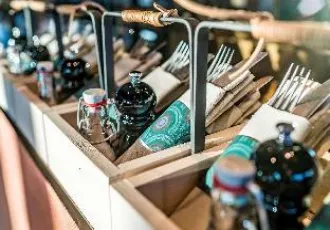
 Navigating Stockholm's Metro
Navigating Stockholm's Metro Utforska Stockholms tunnelbana
Utforska Stockholms tunnelbana